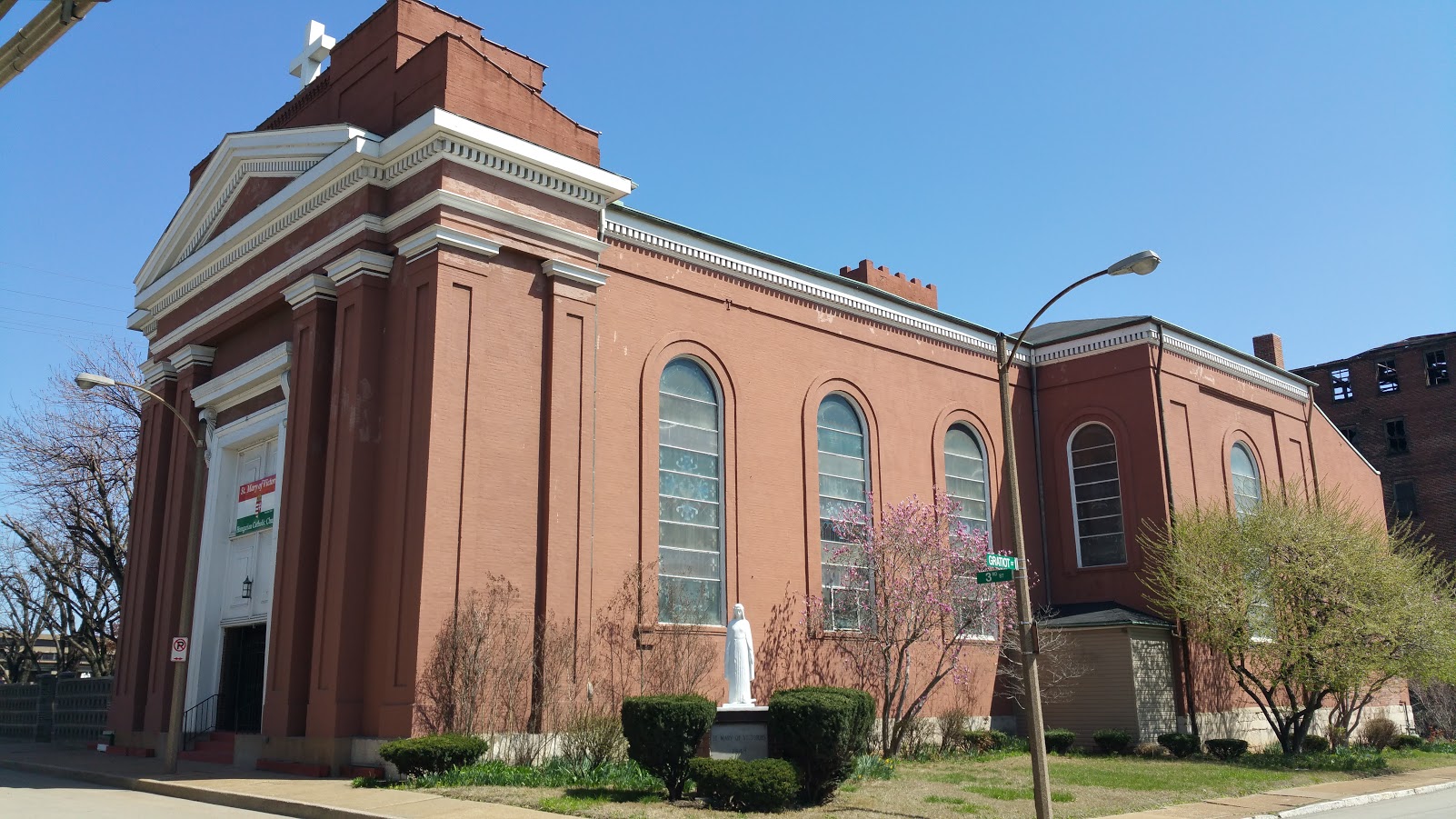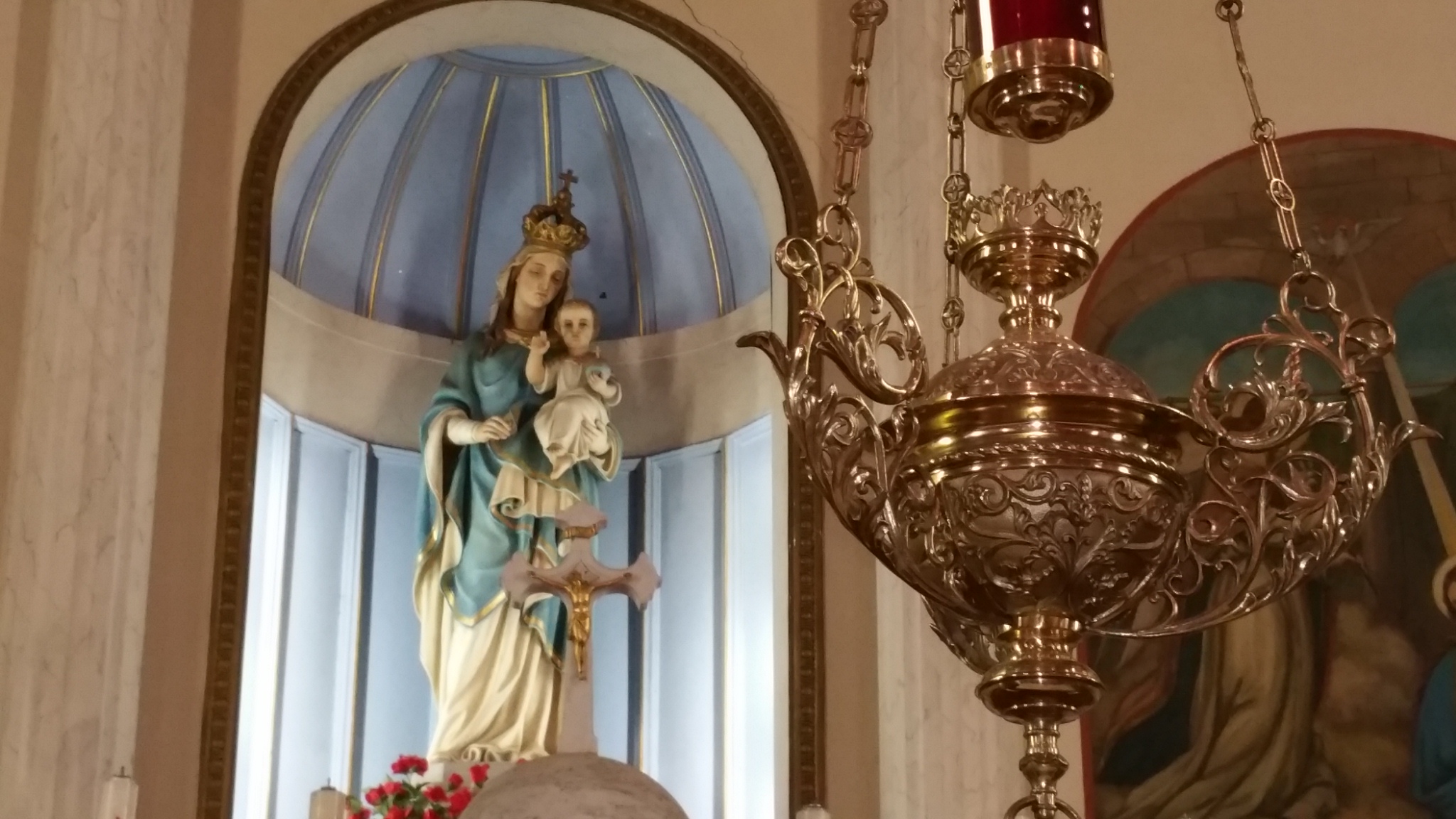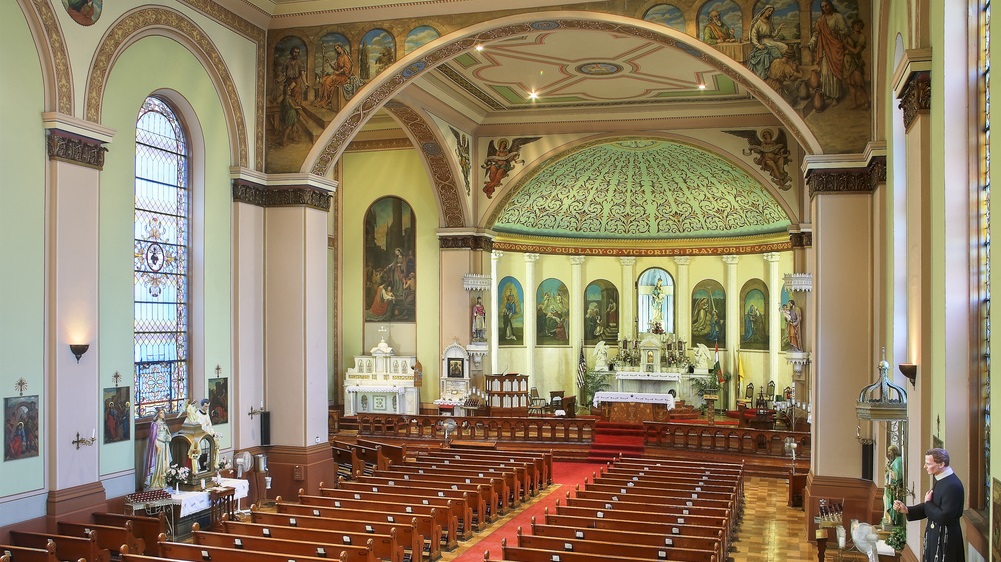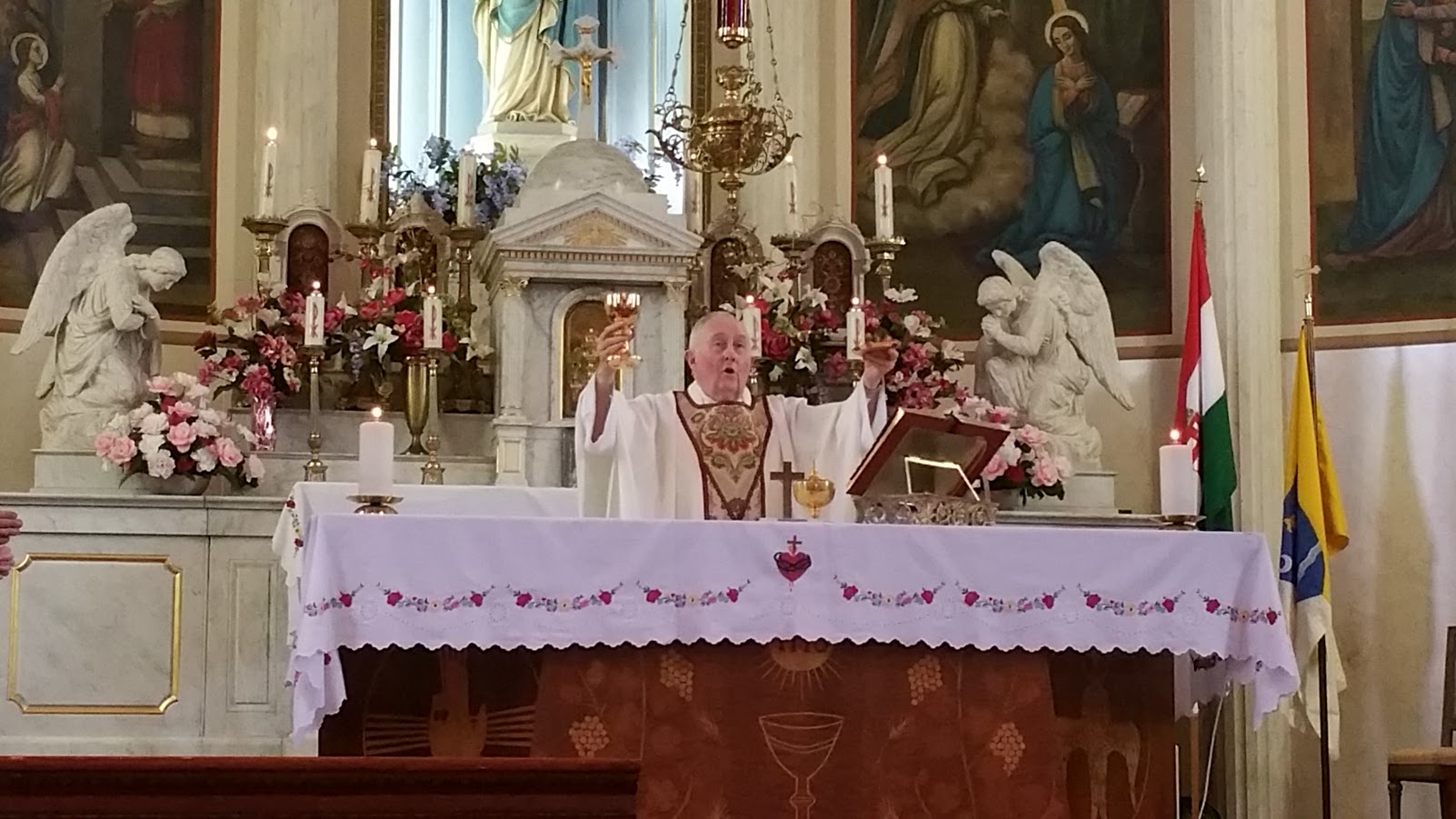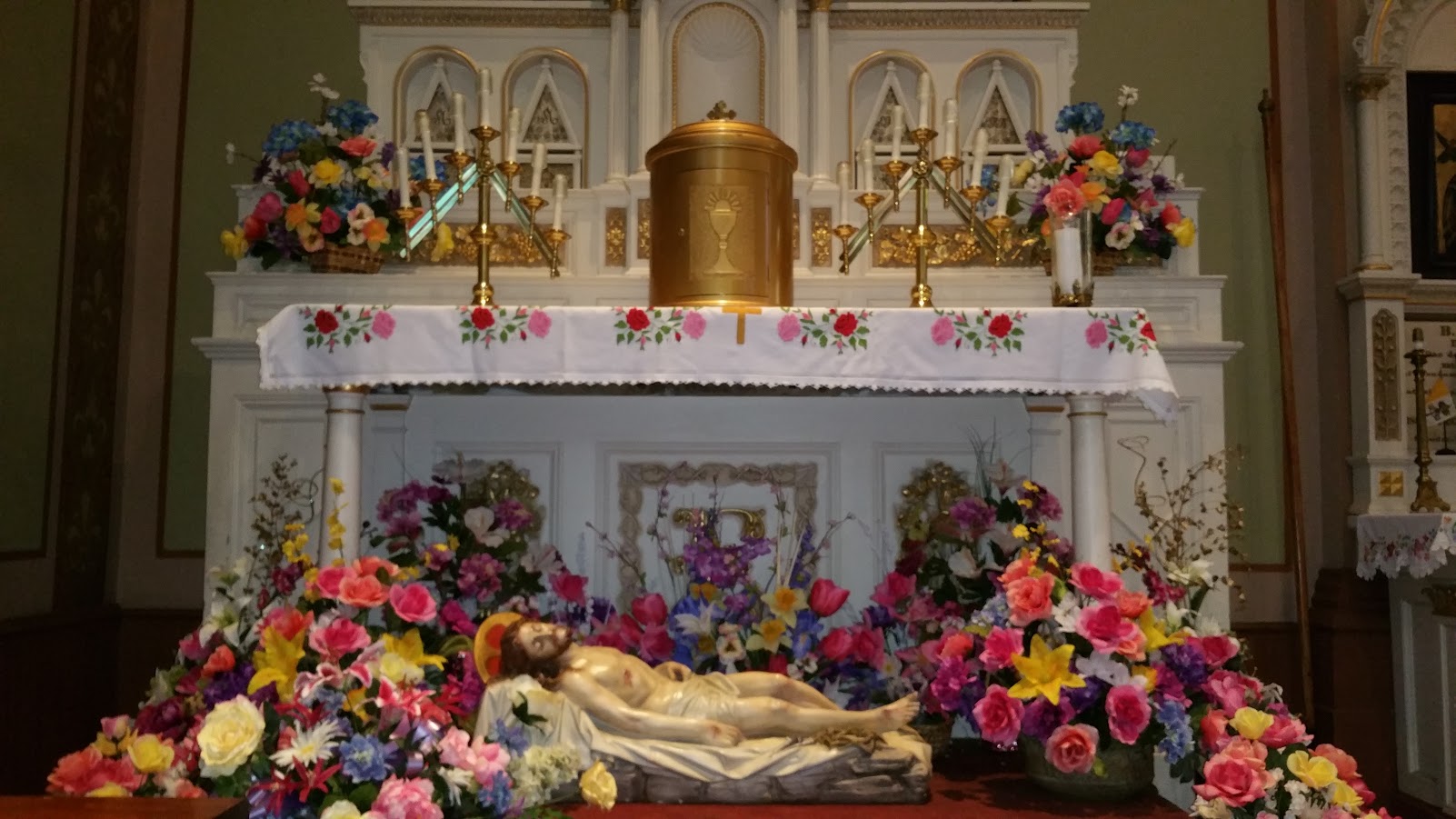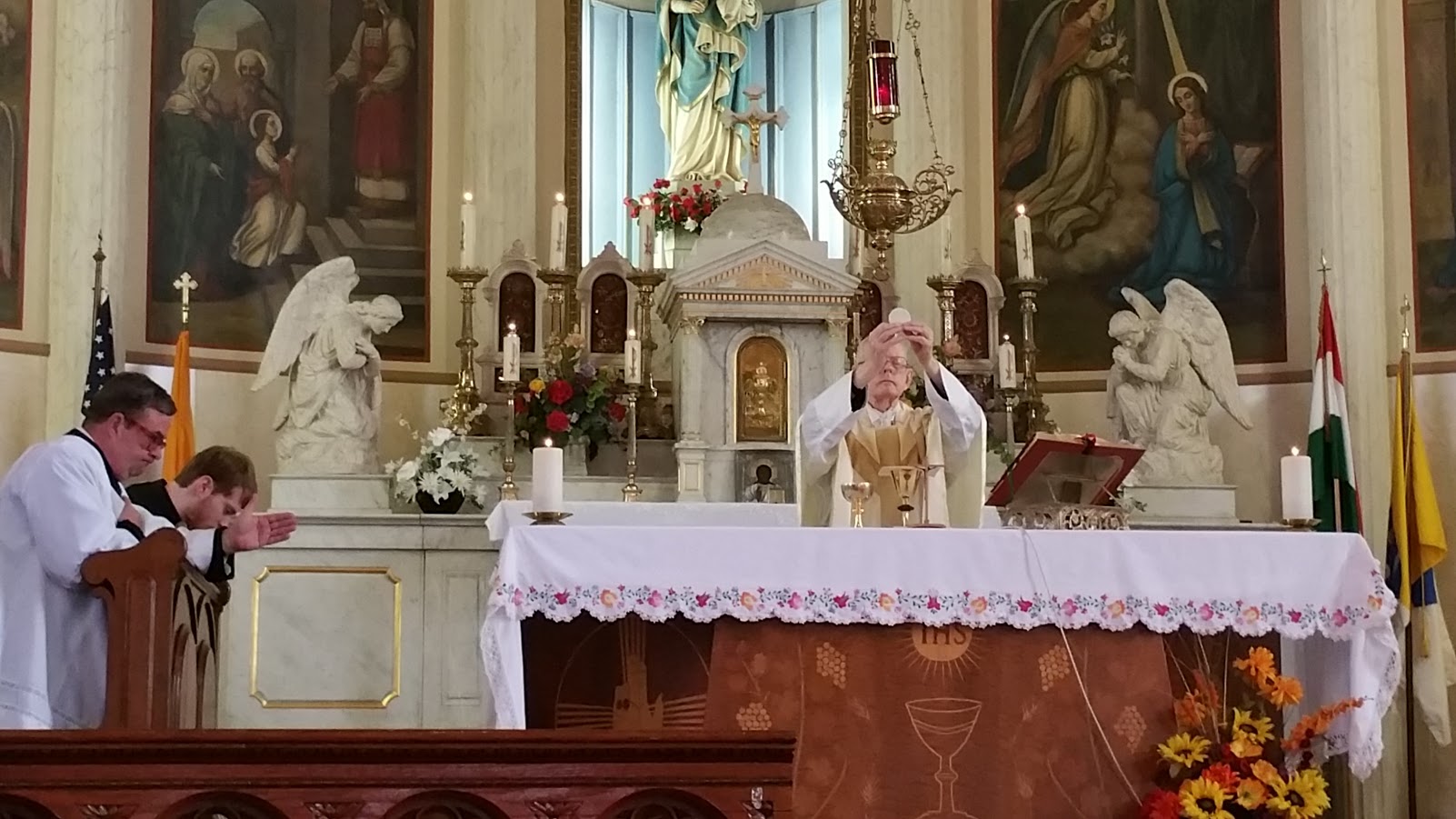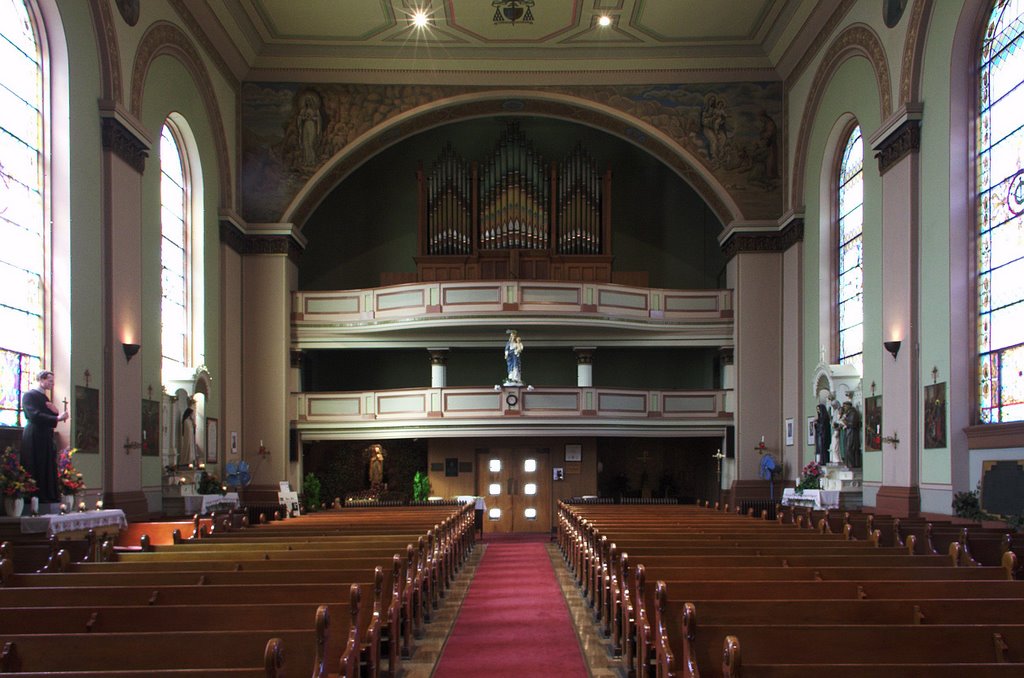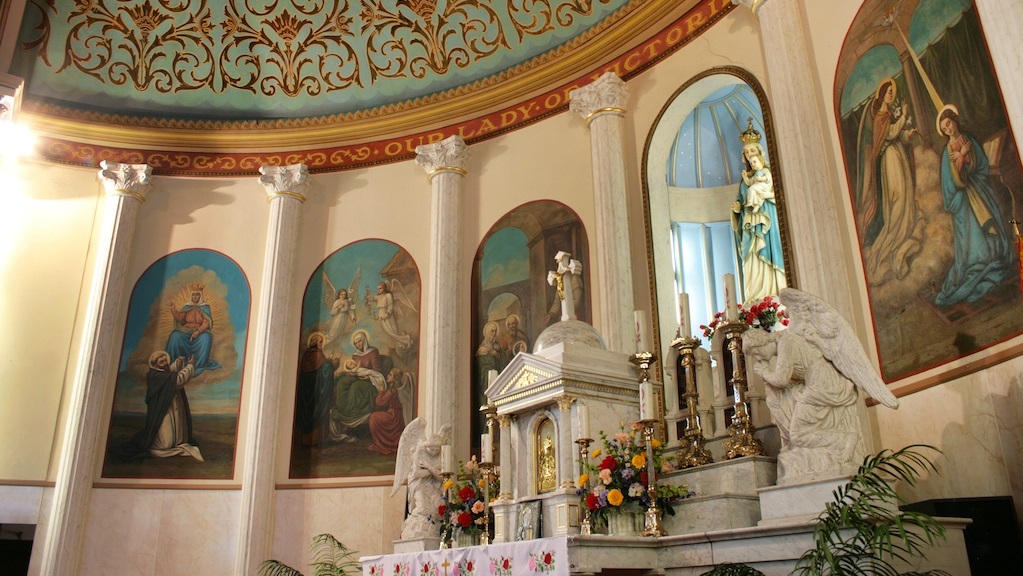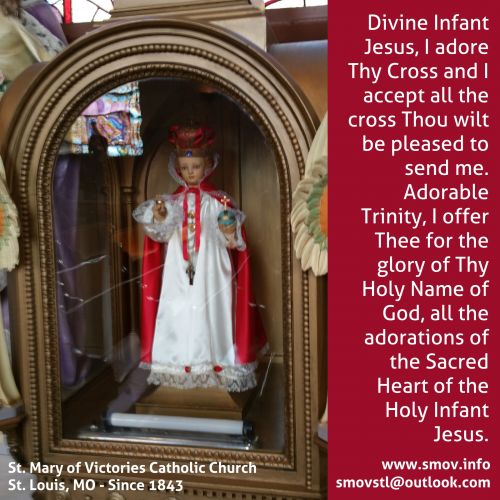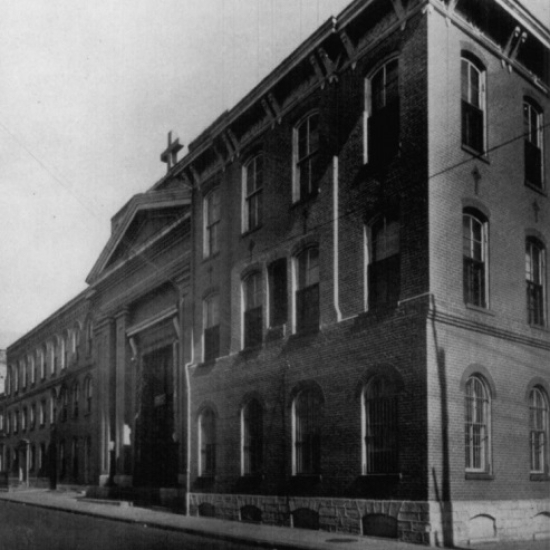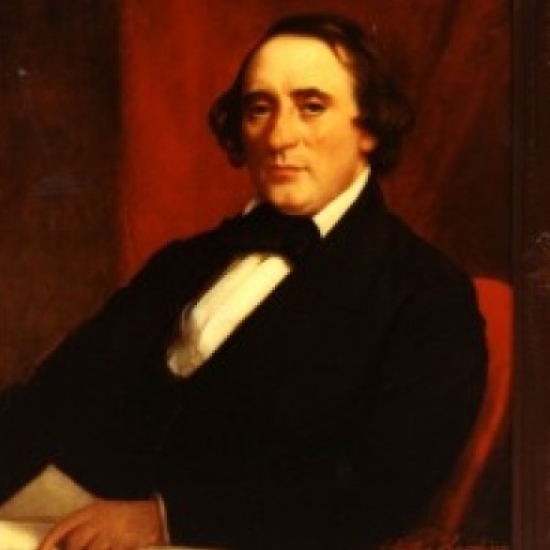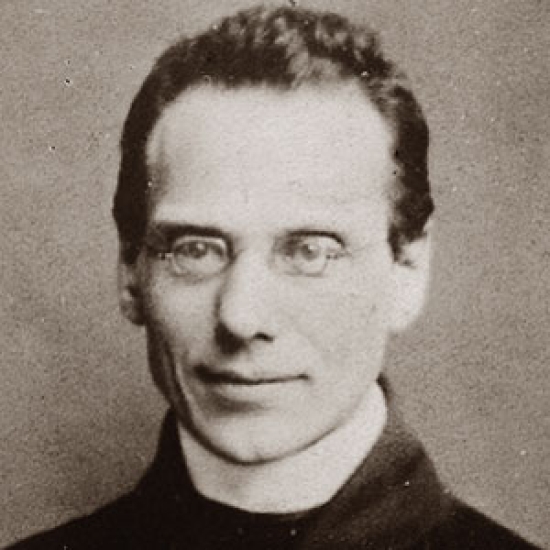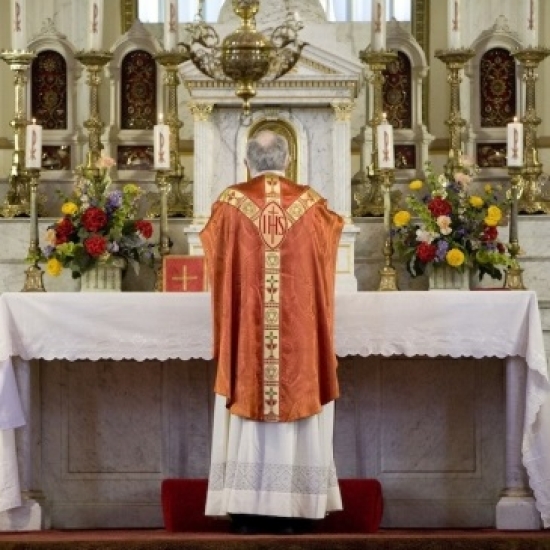25 September 2016, 26th Sunday in Ordinary Time (Year C)
Introit (Years B & C): Omnia quae fecisti
Offertory: The heavenly Word proceeding forth, p. 294
Communion: Memento verbi tui
Recessional: O with Thy benediction, p. 288.
Mass XI, PBC p. 58. Credo III, PBC p. 77
The Introit antiphon has four phrases.
1. Omnia quae fecisti nobis, Domine, in vero judicio fecisti
2. quia peccavimus tibi, et mandatis tuis non obedivimus
3. sed da gloriam nomini tuo
4. et fac nobiscum secundum multitudinem misericordiae tuae.
This Introit reminds us forcefully of our own sinfulness that we acknowledge at the start of every Mass. In this text from the prophet Daniel, Azarias also, in the fiery furnace at Babylon, acknowledges his guilt together with that of his people. He solemnly confesses also that God is absolutely just (in vero judicio) in punishing His sinful people with exile and all the hardships accompanying it. How much lamenting and murmuring would be stilled if we would contritely acknowledge our guilt and, like Daniel and the thief on the cross, humbly confess: We indeed suffer justly, for we receive the due reward for our deeds!
Large intervals and strong emphasis on the dominant characterize the peculiar style of the first phrase. It is as though the singer felt the mighty hand of the Lord. To a great extent this phrase sounds like the second in the Introit for the tenth Sunday after Pentecost. The second phrase is more subdued. Only twice, in fact, does it reach the tenor: "We have sinned against thee and we have not obeyed thy commandments." In contrast to the c of the first phrase, a, a third below the dominant, here predominates.
The third phrase and the beginning of the fourth, on the contrary, exhibit great solemnity in the slowly ascending seconds, in the stress on the dominant, in the repetition of the same, and the similar melodic lines over da gloriam and nomini: 'Give glory to Your name.' But how can any new splendor or dignity be added to the name of God? In the simple fact that God pities and forgives, that He pours upon us the full measure of His mercy. Hence it is that the Introit prays so solemnly, so fervently, so earnestly, especially with the words et fac. In order to lessen the monotony of the neums over secundum multitudinem within the tetrachord e-a, it is well to stress the neumes appearing over the word-accents. Misericordiae is much more effective: a longing expectation of God's mercy. If the first part of the Introit spoke of a just God, the second part turns to a merciful God. Before the beginning of the fourth phrase the melody descends to low d. Thus is created a contrast, which makes the following phrase so much the more effective. Then the psalm-verse sings of the happiness attendant upon a spotless mode of life. To a certain extent such a life is a foretaste of the life to come, and this thought confers a special consecration and a solemnity to Our song of praise (Da gloriam nomini tuo). The syllables which carry the accent are higher in almost every instance than those immediately following; often also higher than the syllable which precedes the accented one.
The Communion antiphon has two short quick phrases:
1. Memento verbi tui servo tuo, Domine, in quo mihi spem dedisti
2. haec me consolata est in humilitate mea.
In today's Offertory Super flumina there is a breath of Memento mori. In the Communion we ask God to remember us, but we do it humbly and reservedly, as the repentant thief on the cross spoke his memento request. The three similar endings: Domine, dedisti, and mea, reflect quiet and confidence. The turning of the clivis over Domini into a pes is necessitated by the low d which opens the following melody. Large ascending intervals would be disturbing; hence the melody avoids them. Servo with its descending fourth gives a pleasing development: second a-g, third a-f, fourth g-d. The accentuation of the dominant is the only evidence that our hearts are really beating somewhat more rapidly. With its b and its pressus, the second phrase has about it something new, something reassuring, which soars above the entire preceding melodic line. It restricts itself to intervals of seconds. The half-step progressions toward the end agree admirably with the text. It is a humble prayer, one which encourages us to rely entirely on the grace of God.
Dom Mocquereau commented that this piece shows how plainsong prefers to treat the principal word-accent lightly and briefly; as in verbi tui servo and mihi; this practice extends even to the secondary accent over consolata.
The tune for this Recessional hymn is the famous melody, Thaxted, by the English composer Gustav Holst. To steal a few lines from the Wikipedia summary about it: Thaxted is based on the stately theme from the middle section of the Jupiter movement of Holst’s orchestral suite The Planets, and named after the English village where he resided much of his life. He adapted it in 1921 to fit the patriotic poem I Vow to Thee, My Country, by Cecil Spring-Rice, as a unison song with orchestra. It first appeared as a hymn-tune called Thaxted when his friend Ralph Vaughan Williams included it in Songs of Praise in 1926.
